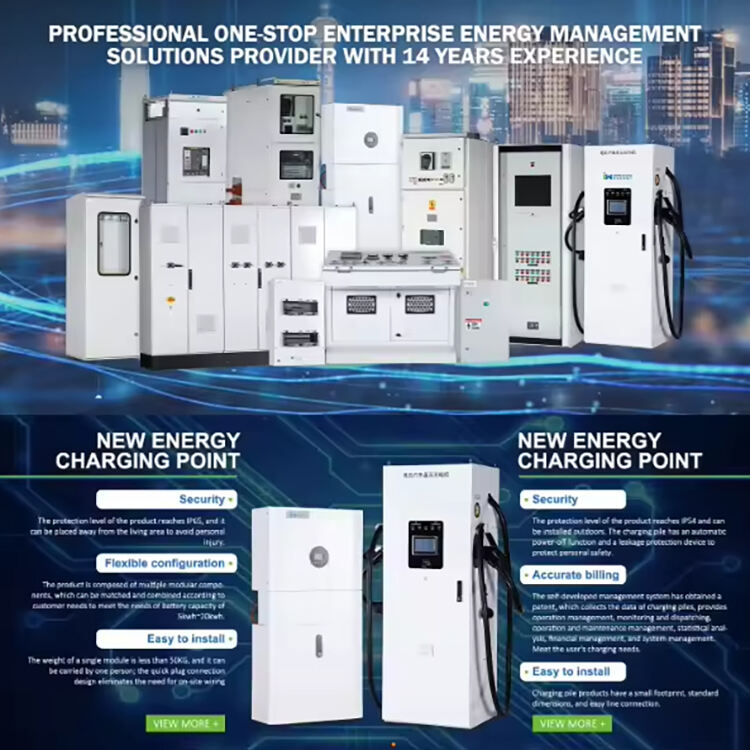In the last few years, more factories and large facilities have started looking for better ways to store energy. As a result, new types of energy-storage containers have taken center stage. These high-tech boxes dont simply keep power on standby; they also help companies hit their green goals by wasting less energy. This article looks at the newest storage-container upgrades made for industry, including how they are built, how they work, and what gains they bring to day-to-day operations.
One of the most important breakthroughs is the use of cutting-edge battery systems built right into the storage shell. Lithium-ion and next-gen solid-state cells now give factories a smarter way to save and release power whenever needed. Because these batteries pack in more juice, last longer, and refill much faster than old lead-acid types, clients report fewer downtime hours and fewer floor space headaches. As manufacturing lines grow more electric and wind or solar feed the grid, these advanced packs turn a once-optional feature into a must-have upgrade.
Another big move in energy storage is the rise of modular systems. Instead of installing one giant battery, businesses can stack smaller units together. When demand peaks, they add another box; when it dips, they take one away. This pay-as-you-grow model suits factories, warehouses, and delivery fleets that never use the same power level all day.
On top of that, most new storage pods now come with smart screens and sensors that talk to each other over the Internet. Managers see live data on cell temperature, charge speed, and grid price, which helps them shift power at the cheapest moments. Some systems even run light A.I. tricks, spotting patterns and suggesting when to store extra energy or release it early. These little nudges can trim monthly bills and keep machines running smoothly.
Green thinking also fuels the latest box designs. Many firms are swapping out rare metals for abundant materials and using shells made from recycled aluminum or plastic. Building with waste not only cuts carbon but often cuts cost; suppliers are happier to sell scrap than newly mined ore. Shoppers tend to notice, too, praising brands that walk the eco-talk and helping keep stricter climate rules on lawmakers agenda.
In short, new energy-storage systems built for factories and big plants mark a big step forward in how we handle electricity. As more businesses switch to electric power and tap into solar or wind, the need for smart, green batteries will keep climbing. Companies that adopt these cutting-edge units usually gain better efficiency, lower bills, and stronger bragging rights on sustainability. Moving forward, ongoing research should bring even faster, safer, and longer-lasting storage options, keeping this industry on its toes.
